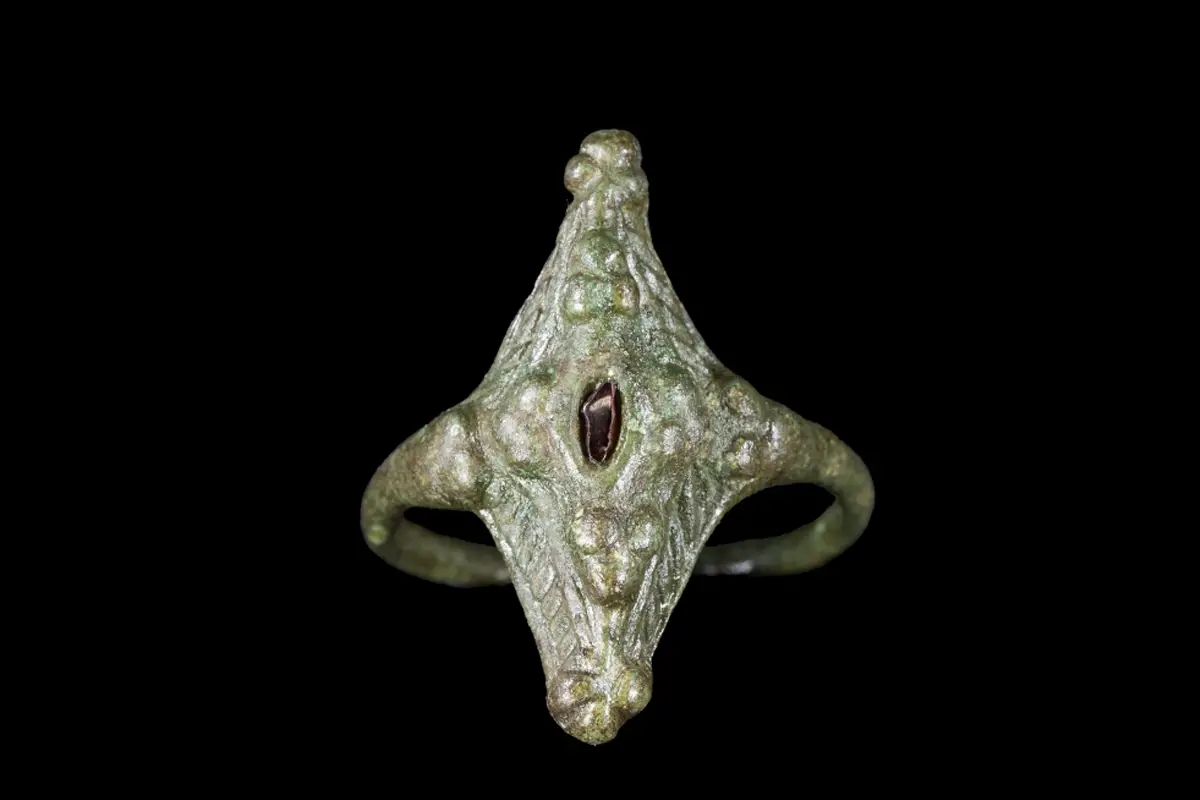Archaeologists from the University of Aberdeen have discovered a rare Pictish ring during excavations of Burghead Fort in the town of Burghead in Moray Scotland.
Burghead Fort was a promontory fort that served as one of the earliest power centres of the Picts in the Kingdom of Fortriu.
The fort’s archaeological remains were mostly destroyed during the remodelling of Burghead’s harbour and town in the early 19th century. However, its layout was documented in a plan drawn by William Roy in 1793.
Excavations of the fort are part of a long-term project funded by Historic Environment Scotland, which has enabled archaeologists to create 3D reconstructions of how the monument might have once looked.
On the last day of this season’s excavation, one of the community volunteers unearthed a rare Pictish ring that dates from 1000 to 1500 years ago.
Professor Noble from the University of Aberdeen said: “There are very few Pictish rings which have ever been discovered and those we do know about usually come from hoards which were placed in the ground deliberately for safekeeping in some way.”
“We certainly weren’t expecting to find something like this lying around the floor of what was once a house but that had appeared of low significance so, in typical fashion, we had left work on it until the final day of the dig,” added Professor Noble.
Excavations have also uncovered evidence of buildings within the fort interior, in addition to traces of metalworking. This further indicator of the high-status production of metalwork adds to the growing evidence that Burghead was a really significant seat of power in the Pictish period.
Header Image Credit : Directorate of External Relations, University of Aberdeen
Sources : University of Aberdeen





